On the banks of the majestic Danube, near the parliament, stands a poignant and austere monument that captures the attention of those who stroll along its banks. Known as ‘Shoes on the Danube Bank’, it stands as a palpable reminder of one of the darkest chapters in Jewish history: the mass executions of Hungarian Jews during 1944 and 1945. Through its simplicity, the monument manages to convey a profound message that resonates in the collective memory, inviting reflection on the loss and brutality of that period.
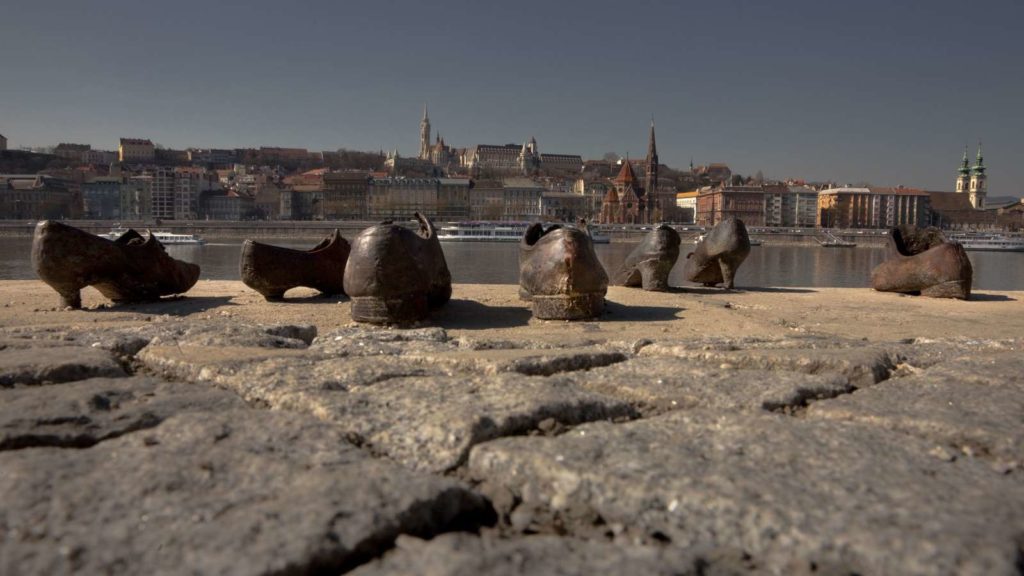
Origin and Creation

The story behind this striking monument goes back to the vision of film director Can Togay, who worked closely with sculptor Gyula Pauer to give shape to this idea. Togay, a renowned director and writer, together with Pauer, a Kossuth Prize-winning sculptor, conceived a monument that would be both austere and eloquent. The central idea of using the shoes abandoned by the victims on the riverbank emerged from this creative collaboration. The coming together of a filmmaker and a sculptor in this project suggests a deliberate intention to create a visually powerful and emotionally resonant narrative, employing both spatial layout and symbolic objects.
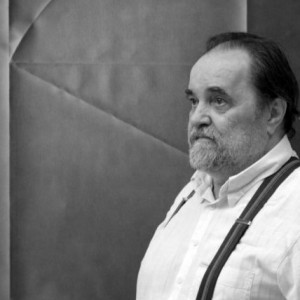
The memorial was erected and unveiled on 16 April 2005. The unveiling ceremony took place on Holocaust Remembrance Day in Hungary. Thousands of people gathered for the event, including government officials and representatives of various churches. The chosen date, 16 April, is not coincidental, as it coincides with the beginning of the forced transfer of Hungarian Jews to the ghettos in 1944. The deliberate choice of Holocaust Remembrance Day for the unveiling underlines the primary purpose of the memorial: the commemoration and remembrance of the victims. The presence of both political and religious leaders highlights the national importance of acknowledging this tragic historical episode.
Shoe Symbolism

The memorial consists of 60 pairs of iron shoes designed in styles typical of the 1940s, including men’s work boots, women’s high heels and small children’s shoes. These pieces are fixed to the pavement on the banks of the Danube, accompanied by a 40-metre-long stone bench that invites reflection. In addition, the memorial includes signs in Hungarian, English and Hebrew with the inscription: ‘In memory of the victims shot on the Danube by Arrow Cross militiamen in 1944-1945. Erected on 16 April 2005′.
The monument’s significance lies in its representation of the Jewish victims murdered by members of the Arrow Cross Party during the winter of 1944-1945. The iron shoes symbolise the belongings left behind by those who were shot and thrown into the river, a method used by the murderers to avoid the laborious task of burying them. Thus, the arrangement of the shoes on the banks of the Danube is intended to commemorate the thousands of innocent people who lost their lives in this tragic episode of history.
Shoes, especially in wartime, were of great value, which explains why victims were forced to take them off before being executed. This act not only allowed the executioners to steal a precious commodity, but also accentuated the dehumanisation of the condemned. The chaotic arrangement and variety of the shoes forces the viewer to imagine the lives cut short, evoking the vulnerability and the stripping of dignity suffered by those who were murdered on the banks of the Danube.
Historical Context
The historical context in which the monument was erected is crucial to understanding its significance. The monument honours the Jews who were massacred by the Hungarian fascist militia belonging to the Arrow Cross Party during World War II. The Arrow Cross Party established a regime of terror in Budapest during the autumn and winter of 1944-1945. They came to power after the Germans overthrew the Horthy government. Arrow Cross militants wreaked havoc, publicly beating, looting and murdering Jews. Most of the killings along the Danube took place around December 1944 and January 1945.
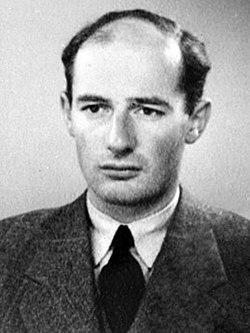
Thousands of Jews were murdered throughout the city, and the act of shooting them into the Danube became a convenient way of disposing of the bodies. Up to 20,000 Jews were taken from the Budapest ghetto and executed on the banks of the river. During this time, the Danube became known as the ‘Jewish cemetery’.
In the midst of this horror, there were acts of courage and humanity. Figures such as Raoul Wallenberg, a Swedish diplomat, worked tirelessly to save the Jewish population of Budapest. Károly Szabó, a typewriter mechanic at the Swedish embassy, also played an active role in the rescue efforts, even rescuing people from capture by the Arrow Cross. Both were honoured as Righteous Among the Nations. In the midst of horror, there were acts of bravery and humanity. The recognition of figures like Wallenberg and Szabó offers a glimmer of hope and highlights resistance against atrocities.
Comparisons with Other Monuments
There are parallels in memory with other memorials. The ‘Shoes on the Danube Bank’ are often compared to other Holocaust memorials around the world.
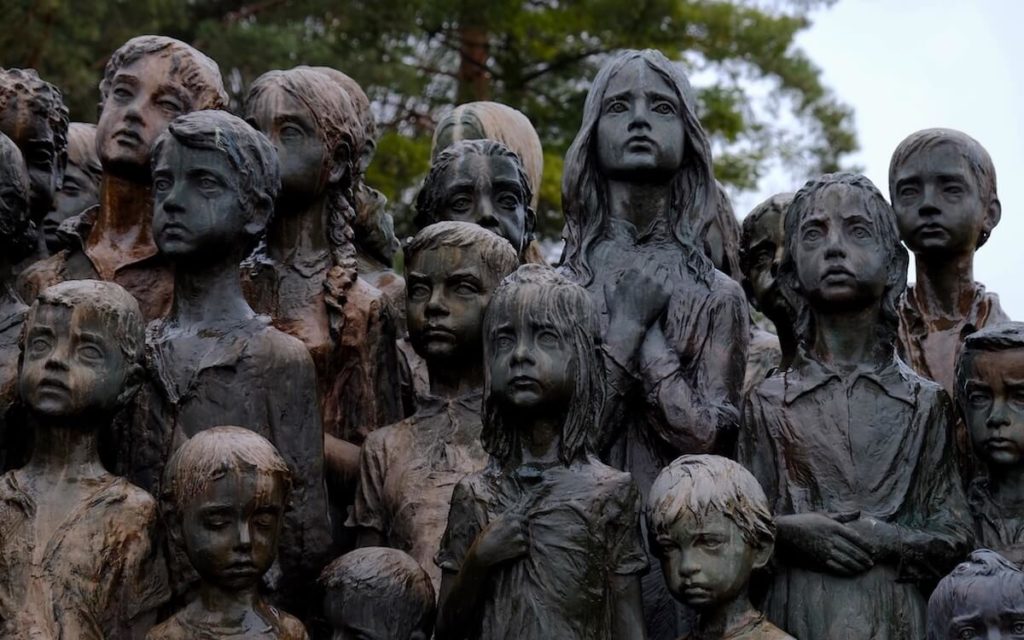
- The piles of shoes at Auschwitz-Birkenau: A project at Auschwitz aims to preserve the shoes of child victims. The shoes are considered ‘the last witnesses’.
- Children of the Holocaust Memorial (Lidice, Czech Republic): A group of statues of children with expressions of fear and sadness, commemorating the children murdered in Lidice during World War II.
Commemorative events
In terms of commemorative events, the inauguration took place on Holocaust Remembrance Day, 16 April 2005. International commemorative events are held on International Holocaust Remembrance Day (27 January). The US Embassy in Budapest has participated in commemorations at the memorial. The March for Life Foundation organises a torchlight procession and ceremony at the memorial on 16 April. Survivors and descendants often visit the memorial, leaving candles and flowers. Despite acts of desecration, the memorial remains an important site of remembrance, with regular commemorative events and personal acts of mourning demonstrating its enduring importance to the community and beyond. The continued observance of Holocaust Remembrance Day at the site, along with personal tributes left by visitors, indicates that the ‘Shoes on the Danube Bank’ serves as an active and meaningful place for collective and individual remembrance, reinforcing its role in preserving the memory of the victims.
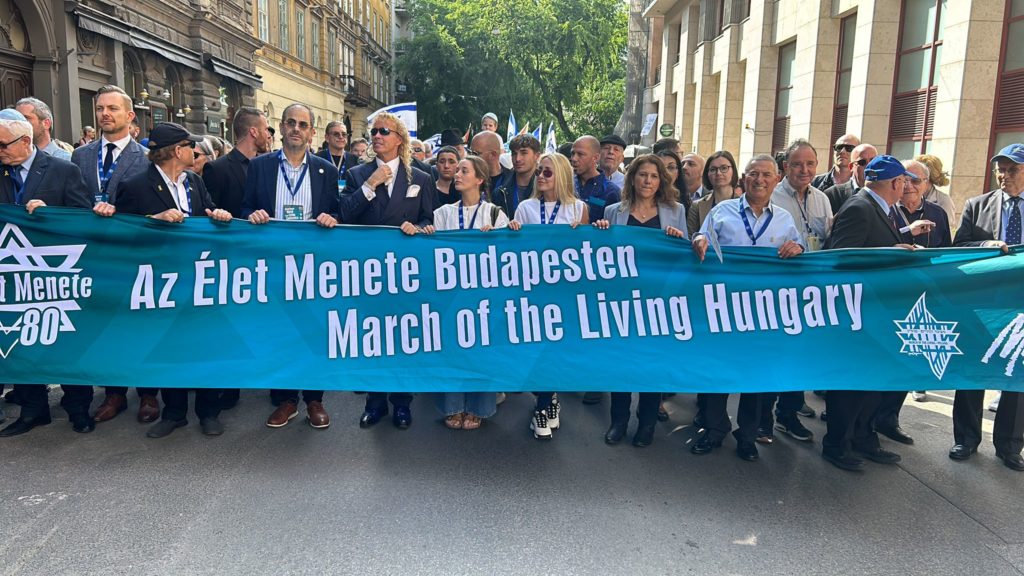

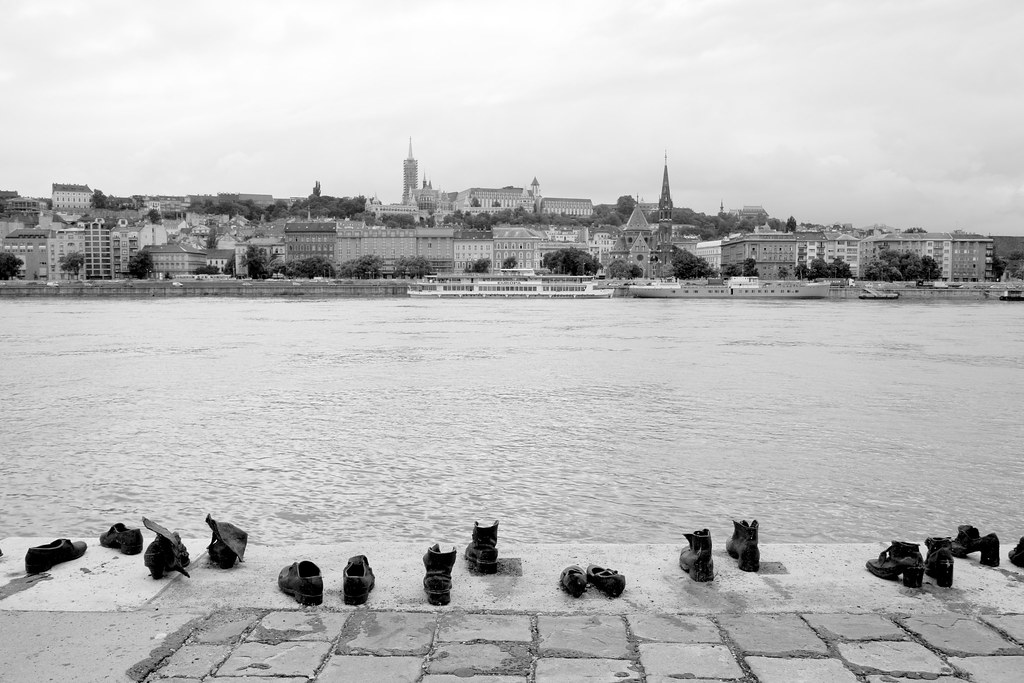
Comments are closed.